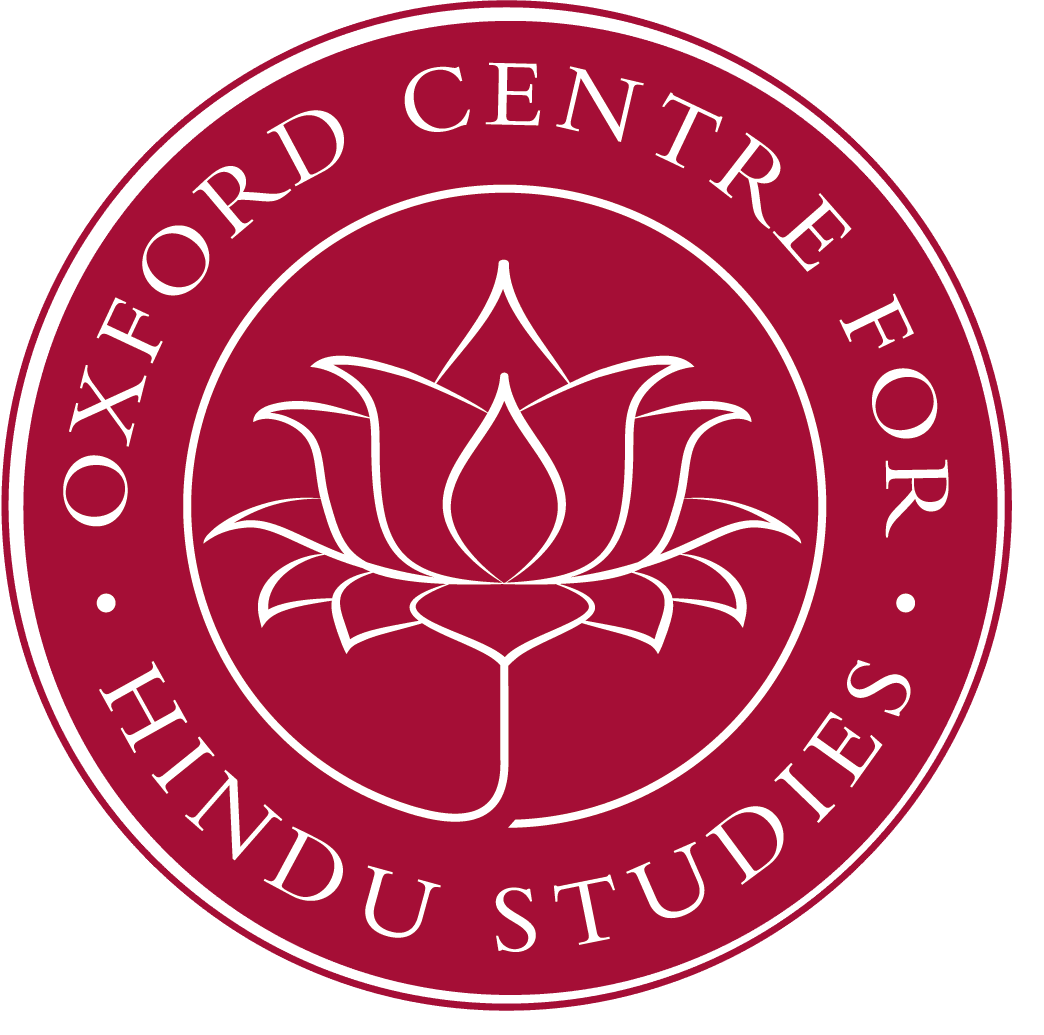Scriptural Reasoning is a practice of reading scriptures and thinking about them across traditions. It was founded by Peter Ochs as a practice of Jews, Christians, and Muslims reading their scriptures together in small groups and comes out of the post-liberal Theology of the Yale School along with traditional Jewish practices of reading scripture (called Textual Reasoning). With a view to broadening the scope of Scriptural Reasoning it is proposed to transplant the practice into a Hindu context. The enterprise is hermeneutical in orientation although it assumes that much of the text-historical or philological work has been done. The practice will be simply to take a theme and passages from Hindu scriptures and discuss them. The aim of Scriptural Reasoning is to understand difference rather than to arrive at consensus (although that too can arise) but the practice is open ended. It is practice driven rather than theory driven although general features of Scriptural Reasoning have developed over the last twenty years or so. Probably the best way to describe it is to let Peter Ochs speak: Scriptural Reasoning (SR) is an open-ended practice of reading- and reasoning-in-dialogue among scholars of the three Abrahamic traditions. There are no set doctrines or rules of SR, since the rules are embedded in the texts of scripture and their relation to those who study and reason together. Individual practitioners of SR do find it useful, however, to reflect occasionally on their group practice and identify its leading tendencies. Such reflections differ from individual to individual and from time to time, but there are overlaps, and both the overlaps and the differences stimulate http://etext.lib.virginia.edu/journals/jsrforum/ Hindu Scriptural Reasoning will be by way of experiment to see whether a practice developed out of a Jewish context can work in a Hindu context.
Archives: Lectures
Facets of Hinduism in the Cultural-Nationalist Programme of the Hindu Mela
The Hindu Mela (1867) was the first organised expression of cultural nationhood. This lecture will examine the triadic intersection between (Hindu) religion, culture, and nationalism as reflected in the Hindu Mela. It studies how this intersection formed a reference point for comparing the selective emphasis on Hindu heritage in the earlier (late nineteenth century and early twentieth century) phase, and later, in emphatically communal and political discourses. I will focus on the shifting connotation of ‘Hindu’, and argue that despite the nomenclature: ‘Hindu Mela’, there was a flexibility. This was evident in the contextual inclusion of non-Hindu groups in the Mela. Lines of religious divisions were blurred. The Mela was open to Indians of all classes, srenis [occupational-cum-social groups], and religious-communal groups. The ideology of the Mela was yoked to ideas about swadesh or Bharat Bhumi, which was not necessarily the land of the Hindus alone. This inclusion occurred despite the use of Hindu religious imagery. Using a comparative model, I track how and why this was different from / similar to the use of Hindu ideology and imagery by the Moderate Congress leaders and by the Extremists. In this regard, I explore how the Mela depicted / picturised Hindu Gods, e.g., a pushkar bijmala was given to Shiva; how Krishna was transmuted to the idol of Kali (done by Kasisvar Mitra, Rajendranath Deb and others). Further, I also address the issue of dissemination: for instance, at the national theatre, religious plays were staged. I also aim to investigate how the use of religious icons and images was accepted / not accepted by non-Hindus. Swarupa Gupta, Ph.D. in History, SOAS (University of London, 2004) is Assistant Professor at the Department of History, Presidency University, Calcutta. Her publications include: Notions of Nationhood in Bengal: Perspectives on Samaj, c. 1867-1905 (Leiden, Boston: Brill, 2009); an edited volume entitled Nationhood and Identity Movements in Asia: Colonial and Postcolonial Times (Delhi: Manohar Publishers, 2012); and a book manuscript: Ethnicity, Otherness and Cultural Constellations in Eastern India and Beyond. She has also contributed to various peer-reviewed international and national journals such as Modern Asian Studies (Cambridge University Press), Economic and Political Weekly, Studies in History, Journal of the Asiatic Society, Encounters; and also to several edited books. She is the recipient of Felix Scholarship, University of London Central Research Fund award, SOAS fieldwork grant, and an invited visiting fellowship at the Max Planck Institute for the Study of Religious and Ethnic Diversity, Gottingen, Germany.
Elementary Sanskrit: Week Seven (TT12)
This course continues from the Elementary Sanskrit course of last term. The class is designed to introduce students to the basics of Sanskrit grammar, syntax, and vocabulary through a reading of the Bhagavad-gita.
Elementary Sanskrit: Week Eight (TT12)
This course continues from the Elementary Sanskrit course of last term. The class is designed to introduce students to the basics of Sanskrit grammar, syntax, and vocabulary through a reading of the Bhagavad-gita.
Spoken Sanskrit: Week Eight
Founder Professor and Head (Retired), Department of Vaishnavism, University of Madras, India. His specialist subjects include the Pre-Ramanuja Religion and Philosophy, Pancharatra Agama Literature, Telugu and Sanskrit Literature and popularisation of Sanskrit as a spoken tongue. He has published a number of articles and monographs in academic journals on topics such as the Samskrita Svapnah, Bhakti and Prapatti in Srivaishnava Philosophy and the Pancaratra-kantakoddhara. Important Publications include: The Contribution of Yaamuna to Visistadvaita [Pub; Jayalakshmi Publications, Hyderabad]; Critical Edition and Study of Yaamuna’s Aagamapraamaanya [Gaekwad’s Oriental Series, Baroda]; and an English translation of Sri Vedanta Desika’s Padukasahasram and all of his 32 Stotras. Prof. Narasimhachary received the Certificate of Honour for Proficiency in Sanskrit from the President of India for the year 2004.
Elementary Sanskrit: Week Eight (TT12)
This course continues from the Elementary Sanskrit course of last term. The class is designed to introduce students to the basics of Sanskrit grammar, syntax, and vocabulary through a reading of the Bhagavad-gita.
